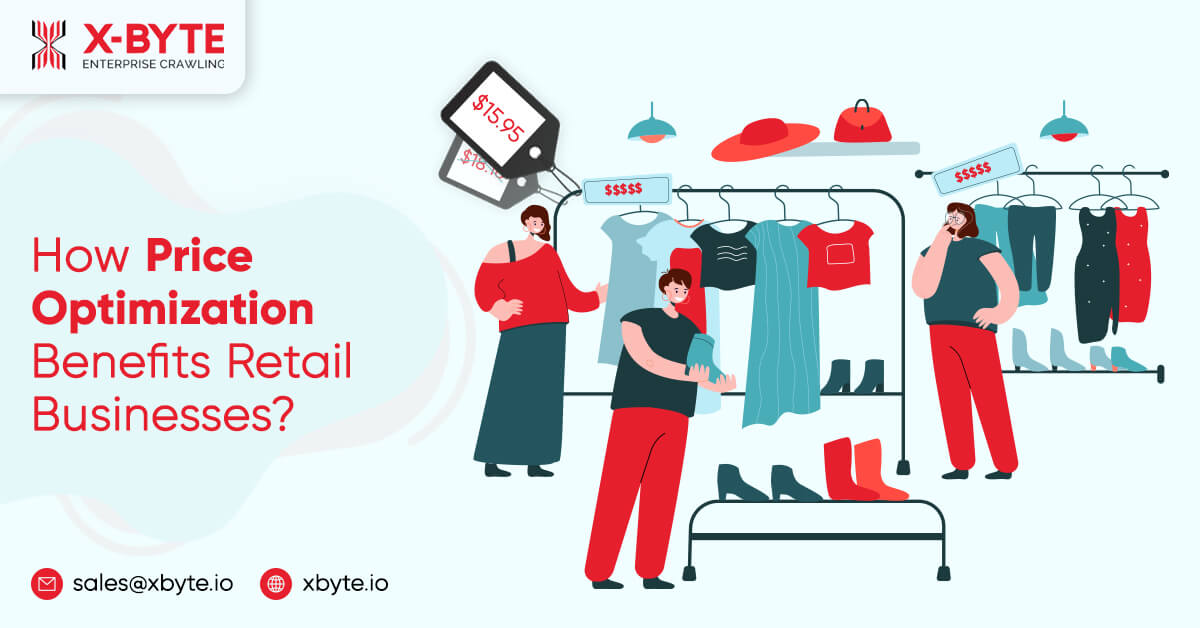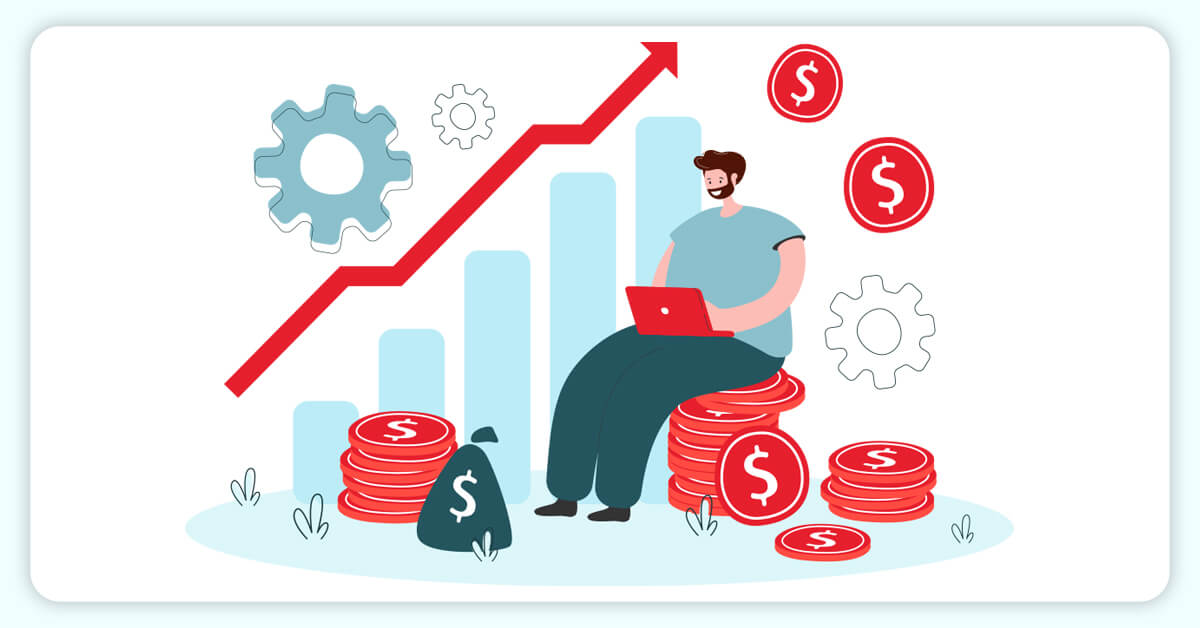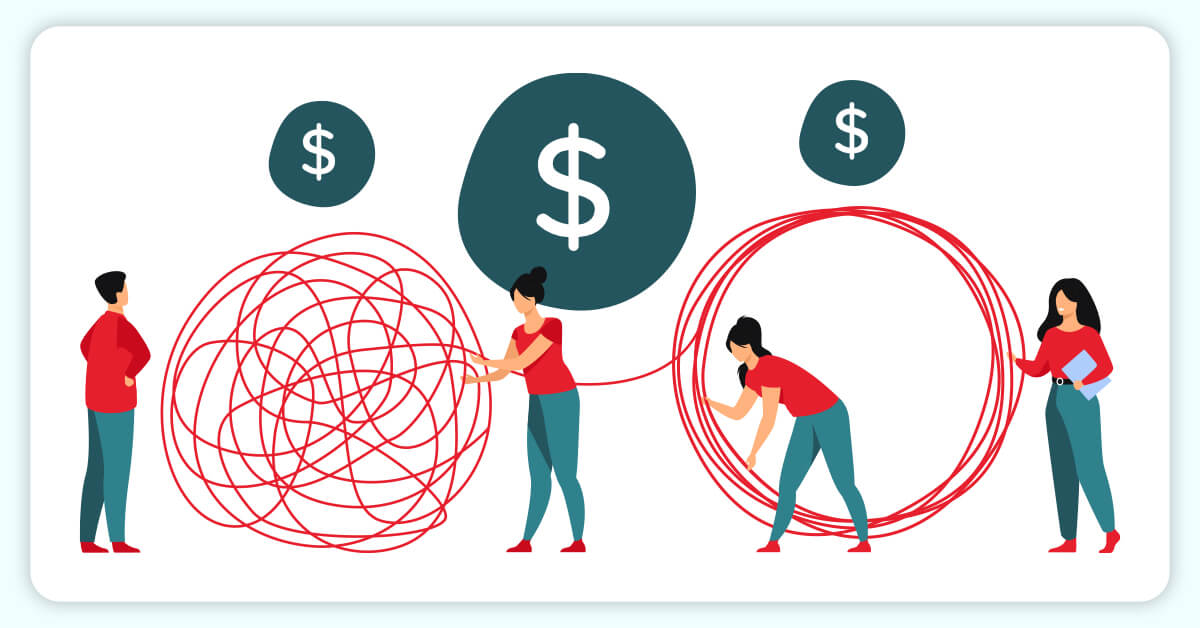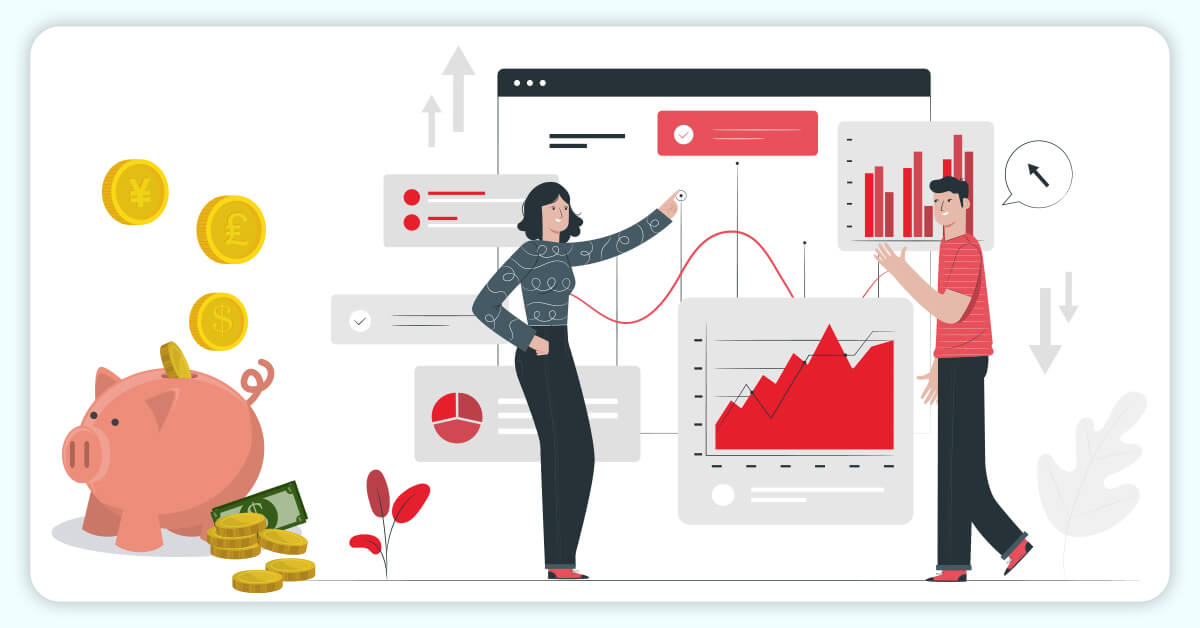
A perfect price is an ever-changing business target. Identifying the real value of the products relies on many internal as well as external factors. Brand value, cost, promotional activities, competition, product life cycle, government policies, targeted consumers, and financial conditions – all these factors affect the pricing. Therefore, making an effective and convincing price optimization strategy for your potential clients needs a lot of research.
Finest pricing strategies are made with keeping the customers in mind. Today’s consumers are very clever. They check as well as compare pricing online before making any buying decision. Furthermore, they anticipate personalized offers depending on their buying history. To please today’s smart customers, a lethargic pricing approach like adding the mark-up percentage into product cost won’t work.
Now, the retailers have realized that any successful sales happen through product pricing in the way, which justifies its values. So, marketing trends are flowing away from usual practices of just offering discounts. Nowadays, it is slanting more towards accurate product pricing.
Customers don’t care much about the prices as they care about your products. If one right product is offered at authentic and real pricing, it will surely become successful.
Why Should You Do Price Optimization?
Price optimization is the sweetened spot between getting profits as well as appealing to a keen customer. This helps a company to completely use a consumer’s expenditure potential, how and when they spend. These consumer purchasing habits permit a company to increase profits in new ways if analyzed as well as used properly and it is much better than merely judging the success of any product depending on its earlier performances.
Using price optimization has many advantages like:
1. Greater Profits

A Spanish apparel retailer is an example of long-term success. It has a committed team of product managers and designers to make sure a well-organized system replaces existing items within only two weeks, helping the company to provide exactly what customers need. For this retailer, to price the products is the most important as it leads towards profits and also assists them in managing inventories, reducing market downs, as well as get greater margins.
2. Challenging the Competition

To be competitive as well as optimize product pricing, companies like Amazon uses a dynamic pricing model. The majority of retail businesses regulate the prices of products many times a day depending on market situations. A dynamic price strategy gets a score of competitors’ prices. This automatically provides the finest price to get the targeted market share.
An Amazon Case Study made by Boomerang displayed that Amazon price-tested a well-known Samsung TV valued at $350 for 6 months before discounted that to $250 during Black Friday. This price point weakened competitors, as well as Amazon, which can take many businesses under the noses.
You may surprise by what is wonderful about pocketing a competitor’s business through quoting at a lower price. For making the discounts provided for the TVs, Amazon has increased the pricing of the HDMI cable, which people generally purchase with the TVs. They correctly predicted that lesser popular items wouldn’t affect the price insights as the TVs would. Therefore, they go ahead with a price increase that provides much more profit.
Implementing price optimization models for any business has become a requirement these days. In reality, businesses, which fail in keeping up with their competitors are expected to go down soon. Service-based industries including Hospitality, Travel, and E-commerce, are a few of the most passionate users of retail price optimization. These businesses succeed using dynamic pricing.
For instance, Airlines observe the dates of departure, purchase, buying location, and time left till the flight, affluence levels, as well as other details. Relying on all the factors, the flight tickets pricing can fluctuate intensely might be even from one customer to the other.
Why You Must Not Use Any General Pricing Model?
It’s not possible to create price optimization tools overnight for any business. It needs lots of experimentations to get the right strategies, which maximize your business objective. And that’s why a general pricing model will not assist in getting the right prices.
Discovering new pricing models means testing with many things like demands for every product at certain discounted percentages or how much you can increase the product price till the market stops to support you.
Also, creating your personal pricing model would help you make dashboards, which are appropriate for your business. This is extremely advantageous because this will demonstrate the analytics you take care of. In contrast, proprietary tools have dashboard items, which are general for most businesses. Proprietary tools offer limited opportunities for customizations.
All businesses have their unique customers and have their own sets of season-specific, industry-specific, and market-specific requirements. A general price optimization tool is not well-equipped to meet all these exclusive demands.
How to Do Price Optimization Effectively?

Getting the right prices shouldn’t feel like flinging darts blindfolded. Therefore, you should find out a price optimization in retail, which perfectly matches your business.
1. Goal Setting

Every business is having its own purposes and pricing decisions, which drive a plan have to reflect them. Creating a pricing model would help you evaluate your present capabilities as well as get the areas, which require improvements.
The goals in the product pricing could be anyone from the following:
- Gaining maximum profits via maximum sales
- Getting stability in profit margins
- Increasing or maintaining the market shares
- Receiving a suitable ROI
- Safeguarding price stability
- Thrashing the competition
Creating goals will certainly help your business by getting better ROI and profit margins.
2. Identify Categories and Groups
When you find the right price objective, you can select the category that you need to test your pricing on. Possibly, it needs to be a higher-volume category in which sales take place in huge numbers. For instance, if you sell apparel, you can use denim jackets as an experiment group in which the prices are changed. Similarly, leather coats could be used as a control group in which the pricing stays constant.
A category you select should be related to collect valuable and meaningful data about customer reactions to pricing changes.
3. Data Collection
The mainstay of any price optimization model is its data-driven framework. The model predicts as well as measures the responses of prospective buyers to various prices of a service or product. To create a price optimization model, data are needed like:
- Competitor’s Data
- Customer Survey Data
- Historic Sales Data
- Inventory
- Operating Costs
By the way, most of the data is accessible in your business. Competitor’s data could be obtained using web scraping. Using competitive pricing data is important in knowing how your pricing changes affect their behavior. In addition, this also assists your business to find benchmarks for the pricing strategy.
When you have data, it’s easy to set superior prices for certain products in the research group depending on competitors’ pricing and your present objectives.
4. Price Testing
Price testing provides opportunities for your business to quicken its growth. Preferably, experimentation should give actionable insights with more options. Moreover, the pricing procedure doesn’t need to be extremely complex. Easy business experiments like price adjustment or running certain ads when a competitor’s items get sold out etc. would work well.
A test-and-learn technique is the finest course of action for businesses that are discovering a pricing model. It means that you get one action using an experiment group, make a diverse action with the controlled group, and compare the outcomes. This approach makes the procedure easy. Accordingly, the results become easily applicable.
5. Analyze, Study and Improve
Finally, you need to analyze how a change in pricing affects the bottom line. The change in the everyday averages of important metrics like revenue and profit before & after the experiments is a very good pointer to the failure or success of a pricing test. The capability of automating pricing has allowed companies to improve pricing for additional products than the majority of organizations get possible.
If you want to understand more about how a product’s price optimization can benefit a retail business, contact X-Byte Enterprise Crawling, the best data scrapers.
